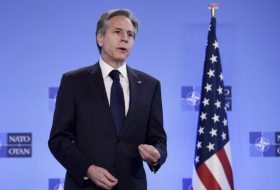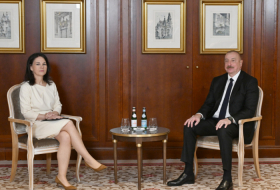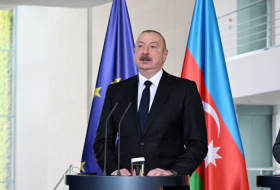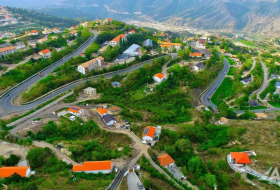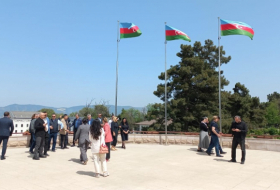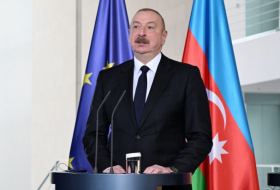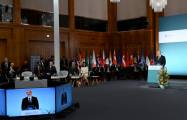But, you will be pleased to know there is still hope for our planet!
In December 2016, almost 200 countries signed the Paris Agreement, committing to combat climate change, decrease greenhouse gas emissions and accelerate investments into a sustainable, low carbon future.
Since the Paris Agreement, countries all around the world are powering towards a low-carbon future by embracing solar, wind and geothermal energy.
Renewable energy is increasingly becoming cheaper than from fossil fuels. It means that progressively the choice for wind and solar energy is no longer an ethical one but an economic one. This will speed up the transfer to renewable energy. Expectations are that, by the 2050s, two-thirds of the electricity generated globally will be sustainable.
So, which countries are leading the charge on renewable energy?
Iceland
Iceland generates the greenest energy per person on earth, with almost 100% of its energy coming from renewable sources. 87% of this clean electricity comes from hydropower, and 13% from geothermal power. This country is investing heavily in solar and wind, as well as renewable infrastructures such as energy storage, clean transport, and smart grids.
Denmark
Another country committing to an energy system free from fossil fuels by 2050 is Denmark and it plans to use wind power to achieve that goal. Denmark generates over half of its electricity from wind and solar power. Denmark set a new renewable energy record in 2017 by obtaining 43.6% of its electricity consumption from the wind. That is the highest percentage of wind power ever achieved worldwide.
Germany
This country of over 80 million people is a world leader in renewable energy and has even been able to meet as much of 78 percent of a day’s electricity demand from renewables. The country has also set an ambitious target to get 65% of their electricity from renewables by 2030. Germany is looking forward to a seriously bright future for solar energy!
Morocco
Morocco has made renewable energies a priority in the development of its energy policy. Non-oil producing country and very small producer of gas and coal, but with many assets (300 days of sunshine a year, wind speeds of 9 meters per second in the coastal regions, water resources), the Kingdom has deployed many efforts to reduce its dependence on fossil fuels by developing its renewable energy sources (target 52% by 2030). A low emitter of greenhouse gases, the Kingdom has adopted, for a decade, an ambitious policy on renewable energies. Thus, in 2009, Morocco's Solar Program (PSM), a series of solar energy projects, was launched in 2009 with a target of 2,000 megawatts (MW), which has since been widely distributed. Thus began the construction of the largest solar thermal power plant in the world that will ultimately have a capacity of 580 MW, and it will extend over 30km².
Sweden
Sweden is the only country in the European Union where more than 50% of its energy usage comes from renewable sources. The country has always had an environment with ideal conditions and in 2015 they threw down the gauntlet with an ambitious goal: eliminating fossil fuel usage within its borders, and has ramped up investment in solar, wind, energy storage, smart grids, and clean transport.
Costa Rica
Thanks to its unique geography and commitment to the environment, the country meets a huge amount of its energy needs using hydroelectric, geothermal, solar, wind, and other low-carbon sources. The country aims to be completely carbon-neutral by 2021 and in 2018 they beat their own record when the country went 300 days using only renewable energy.
Azerbaijan
In accordance with the Paris Agreement, Azerbaijan voluntarily has taken the obligation to achieve 35% reduction in greenhouse gas emissions by 2030 compared to the base year 1990.
Azerbaijan generates power through hydroelectric, wind and solar power plants, as well as biogas installations.
The six wind, 10 solar and six biomass power plants constructed between 2018 and 2020 in Azerbaijan are expected to have an installed capacity of about 420 MW or an average annual electricity generation of about 1.2 billion kWh. The share of renewable energy in the domestic energy sector is expected to account for about 15 percent by 2020 according to the market analysis, and ultimately reach 40 percent in 2030.
In January-September of 2018 renewable energy sources, including hydropower, wind and solar power plants generated 1.48 billion kWh of energy, comprising almost nine percent of the total production of 17.2 billion kWh.
Azerbaijan is currently studying international experience in the development of renewable energy sources, in the creation of a legal framework in this direction.
More about: renewableenergy climatchange











